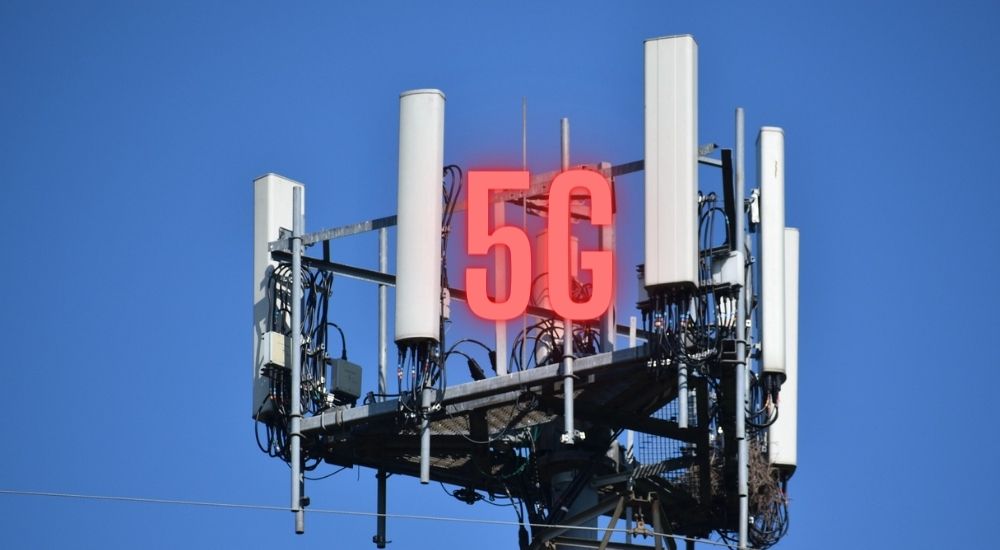The government of India has refused to implement 5G electromagnetic field (EMF) radiation rules enabling telecom operators to save money on new infrastructure costs to expand the next-generation cellular service.
The move lets the telcos save up to a possible 40% capex investment on new gears. The new ruling lets the companies expand 5G network coverage to more areas with lesser base stations (BTS). It will also contribute to lower carbon emission from the telco industry.
5G has long drawn dissent from naysayers from allegedly being high-volume radiation emitter though there’s been no concrete evidence to back this theory up. So, the Indian ruling could also lead the practice in the region.
Also read out: Mobile tower radiation is not harmful: Study
India has new rules for 5G radiation
Now, it’s dictated that 5G towers in India can have power density of up to 5 watts per square meter increased from 1 watt previously. Essentially, more wattage power means the tower can extend its signal farther.
But the parameter still looks more restrictive compared to the global practice. The International Commission for Non-Ionizing Radiation Protection (ICNIRP) recommends 5G tower to have up to 10 watts per square meter. So, while Indian authority has increased the limit from 1 watt to 5 watts, it still falls well behind what the globally accepted ruling suggests.
The ruling comes into effect from February 01, 2025. It helps telcos such as Airtel, Jio, and Vodafone lower their capital expenditure (capex) on infrastructure and allow them to expand 5G to larger areas. Under current scenario, telcos would have had to set up 40% more sites to cover the same area. The new rule also makes service expansion works more convenient and approachable.
Check out: 4G vs 5G: Top Differences You Need to Know
As of writing this post, 137 countries have adopted ICNIRP guidelines on 5G tower radiation. India itself came to the current decision as no harmful effects have been noted on human health from the global 10 watts practice.













